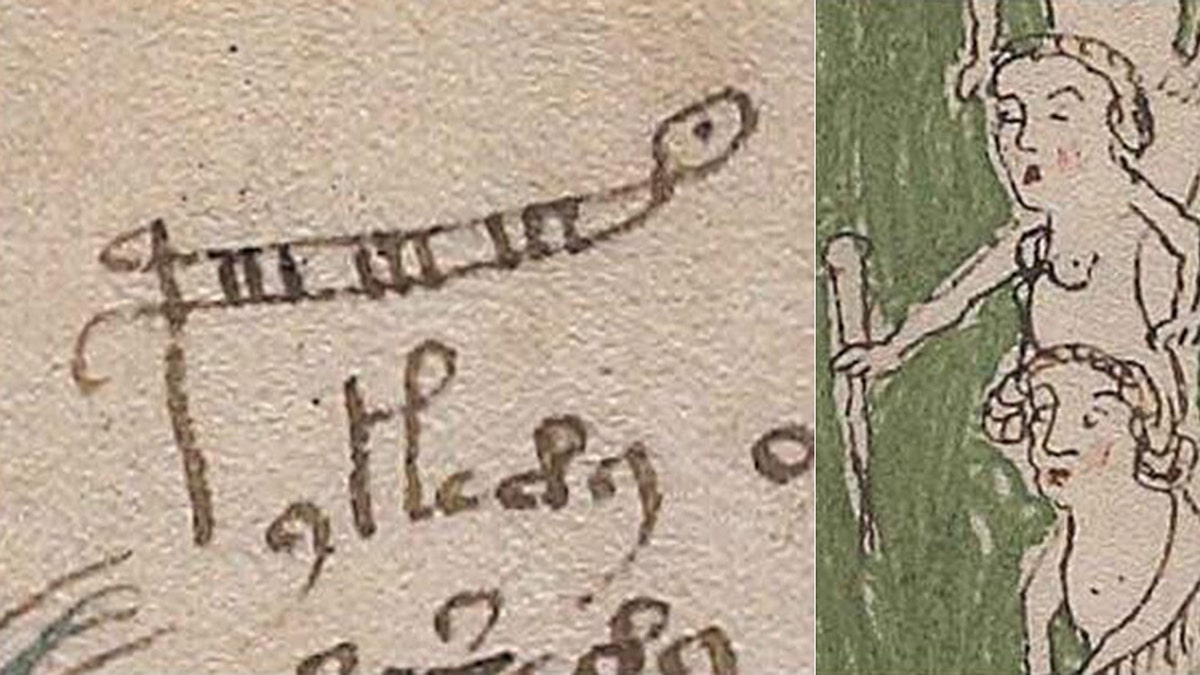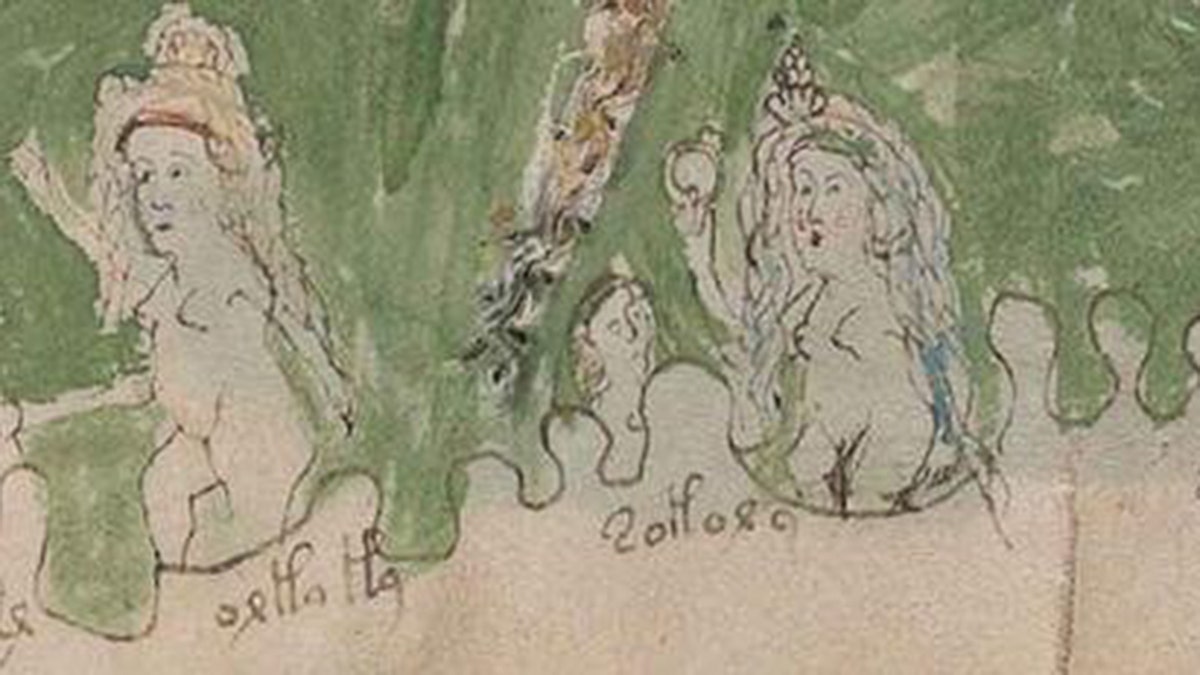
(Credit: University of Bristol)
A mysterious 600-year-old manuscript that has been deemed "unreadable" by the world's top cryptographers has finally been deciphered.
That's the claim by one Bristol academic who has cracked the legendary Voynich manuscript and revealed its secrets.
Dr. Gerard Cheshire believes that the document is written in a dead language called proto-Romance.
CLICK HERE FOR MORE FROM THE SUN
By studying the letter and symbols through the manuscript, he was able to decipher the meaning of the words.
According to the linguistics buff, the Voynich manuscript contains sex tips, info on parenting and psychology, and herbal remedies.
"I experienced a series of 'eureka' moments whilst deciphering the code, followed by a sense of disbelief and excitement when I realized the magnitude of the achievement, both in terms of its linguistic importance and the revelations about the origin and content of the manuscript," Cheshire explained.

(Credit: University of Bristol)
He said that his finding is "even more amazing than the myths and fantasies" typically associated with the Voynich manuscript.
These include previous theories that the documents contained prophecies about aliens.
According to Cheshire, the book was compiled by Dominican nuns as a source of reference for Maria of Castile, Queen of Aragon.
Maria was a great aunt to Catherine of Aragon, who was Queen of England from June 1509 until May 1533, as the first wife of King Henry VIII.
"It is no exaggeration to say this work represents one of the most important developments to date in Romance linguistics," Cheshire said.
In Cheshire's paper in the Romance Studies journal, it's revealed that the manuscript is written in proto-Romance.
It's ancestral to today's Romance languages, which include Portuguese, Spanish, French, Italian and Romanian.
Proto-Romance was once very popular, but has since become extinct in its original form – only partially living on through modern languages.
"The language used was ubiquitous in the Mediterranean during the Medieval period, but it was seldom written in official or important documents because Latin was the language of royalty, church and government," said Cheshire.
"As a result, proto-Romance was lost from the record until now."
What made the Voynich manuscript particularly difficult to understand was the fact that the language used was extinct.
Its alphabet is a combination of familiar and unfamiliar symbols, and it doesn't even have punctuation marks.
However, Cheshire noted that some letters have "symbol variants" to indicate punctuation or phonetic accents.
All of the letters are in lower case and there are no double consonents, but there are "diphthongs, triphthongs, quadriphtongs and even quintiphthongs", which are combined vowel sounds.
"It also includes some words and abbreviations in Latin," Cheshire added.

(Credit: University of Bristol)
In fact, the text is so cryptic that it even baffled top codebreakers – including Alan Turing and his Bletchley Park colleagues, who played a pivotal role in intercepting and deciphering Nazi communications during World War II.
Cheshire hopes that fellow researchers will now use his findings to translate the entire Voynich manuscript.
"Now the language and writing system have been explained, the pages of the manuscript have been laid open for scholars to explore and reveal, for the first time, its true linguistic and informative content," he said.
This story originally appeared in The Sun.
